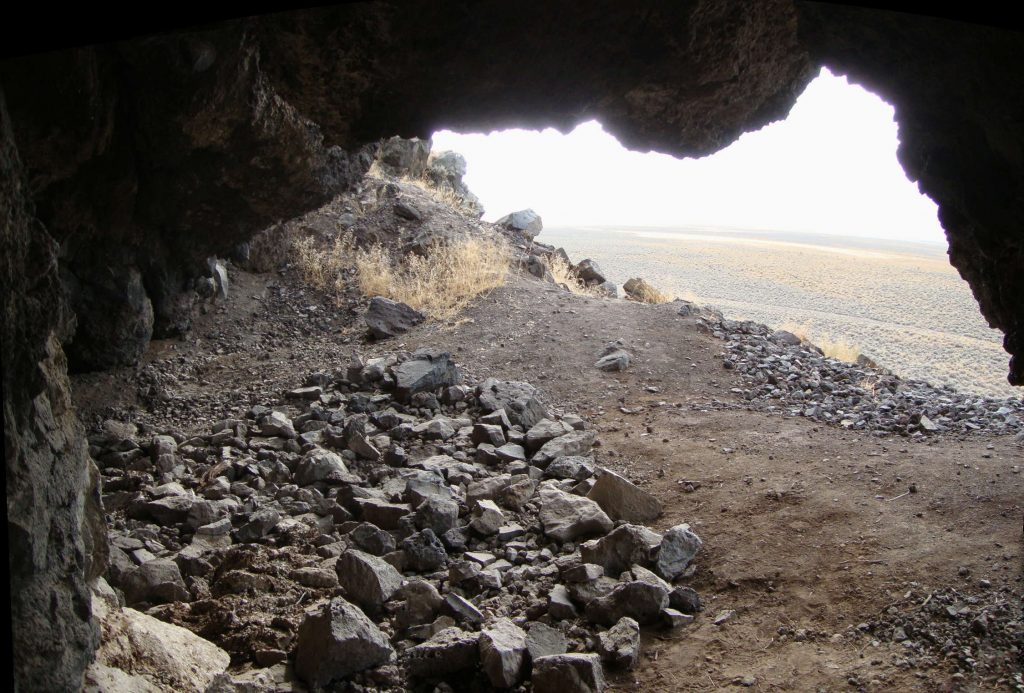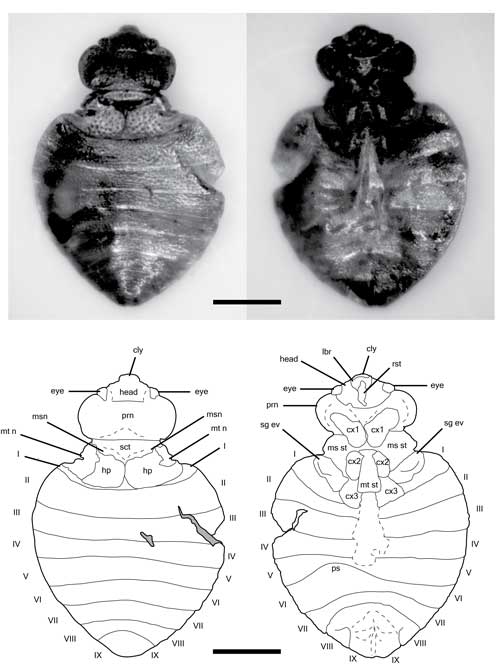
PHOTO: donsmaps.com
PAISLEY CAVES, OREGON – the Paisley Caves are, according to archaeologists, are one of the oldest sites of human living in the American West. This year, though, researchers working on the caves found they were home to an ancient version of a pest we know well.
The Paisley Caves are no stranger to archaeological discovery. Researchers have found a wealth of remains there dating back thousands of years, from human feces that may be as much as 14,300 years old (that have sparked a huge debate), to the remains of mastodons, ancient horses, and camels. Discoveries like this give us clues as to what life was like for early Americans.
Two researchers, Dr. Dennis L. Jenkins from University of Oregon’s Museum of Natural and Cultural History, and Martin Adams with the Paleoinsect Research firm in Portland, were working on materials found in a section of the Paisley Caves known as Cave 2. They discovered an interesting find: the remains of insects distantly related to today’s bed bugs.

PHOTO: westerndigs.org
The insects were found in layers of soil and remains in the caves that date between 5,100 and 11,000 years old.
They look pretty familiar, but they’re not exactly the same as the bed bugs that we commonly deal with today. These little bugs fed on bats, not humans, Paleoinsect expert Martin Adams says.
Archaeologists and historians believe that all bed bugs once fed on bats before adapting to feed on humans when early humans began to live in caves. The weird thing is, the bed bugs found in the Paisley Caves aren’t related to any modern-day bed bugs that adapted to feed on humans.
This find gives us clues and raises questions about what life was like for early humans 11,000 years ago, just after the end of the last Ice Age, in early Oregon.
A Change in Climate
The first clue lies in the species of the bed bugs found in the Paisley Caves. The archaeologists found three distinct species, one of which is related to bed-bugs which exclusively survive in warm climates today. This suggests, as scientists have thought for a while, that the climate in Eastern and Central Oregon used to be much warmer and wetter than it is now.
“The presence of warm-tolerant cimicids in the caves, such as Cimex antennatus, may suggest that climatic conditions at Paisley Caves 5,100 years ago were similar to what Cimex antennatus enjoys today in its current range,” Martin Adams explained.
Archaeologists expected that the species of bed bugs found in the Paisley Caves would have evolved to infest humans, like other related bed bugs did around the world. Strangely, that wasn’t the case. The three species found in the Paisley Caves never evolved into species which infest humans today.
This led Martin Adams to ask another question about the life and environment of early Oregonians: “Were the cimicid populations too small to establish themselves outside the caves, or were the host populations too small?”
The short answer is that he just doesn’t know yet. More research is needed.
“Given that Paisley Caves was only a seasonal occupation area for human hunter-gatherers, did the humans move around too much, or were the bugs not able to withstand the environment outside the caves for very long? Or, were there other constraints involved? I’m working on these last few archaeological questions right now.” – Martin Adams.
Even if it turns out that these bed bugs have nothing to do with the human life that once survived in the Paisley Caves 11,000 years ago, it’s still an important mark on the archaeological record.
These are the oldest bed-bugs ever found to-date.

